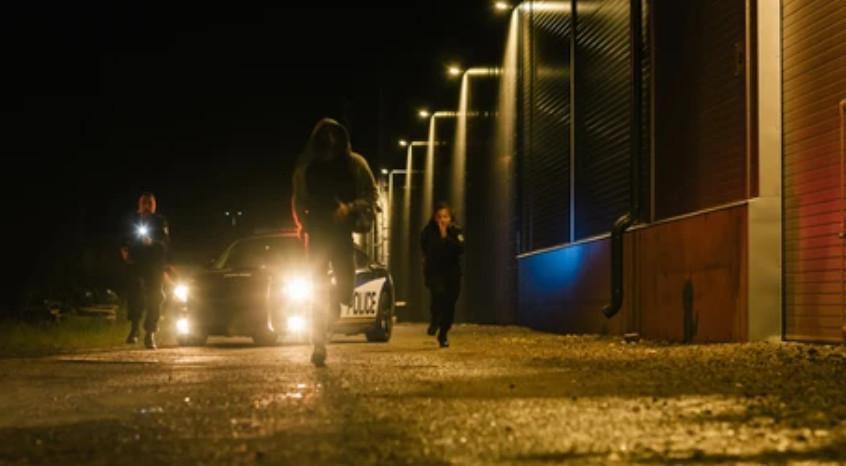

- Ref # CAB00216
- July 10, 2023
From the Classroom: What is the “flight, plus” rule and what does it mean to a detention or arrest?
From the Classroom
By Raymond Hill
Professor Emeritus, Santa Rosa Junior College
The “Flight, Plus Rule”
It’s 0130 hours. You are on patrol in a residential neighborhood. You see a subject looking into a parked vehicle in a private driveway. He sees your unit and takes off running. Ten minutes later, after backup and a canine are summoned, the subject is found hiding underneath a parked vehicle two blocks away. He is detained and handcuffed pending further investigation.
Are you good to go with this detention? How does flight tie into your reasonable suspicion to detain? Does flight, standing alone, justify a detention? Is there a rule prohibiting an “attempted unlawful detention ” At what point during a foot pursuit is a person actually detained? Does “flight, plus” with a police order to stop constitute a separate crime for detention
Rule
In 2000, the U.S. Supreme Court established the “flight, plus” rule for detentions (Illinois v. Wardlow (2000) 528 U.S. 119). The court ruled that flight, plus an additional factor indicative of criminal activity, provides the reasonable suspicion to detain. In the Wardlow case, the defendant was present in a known narcotics trafficking area in Chicago, Ill. He was holding an opaque bag. Upon sighting a ....







